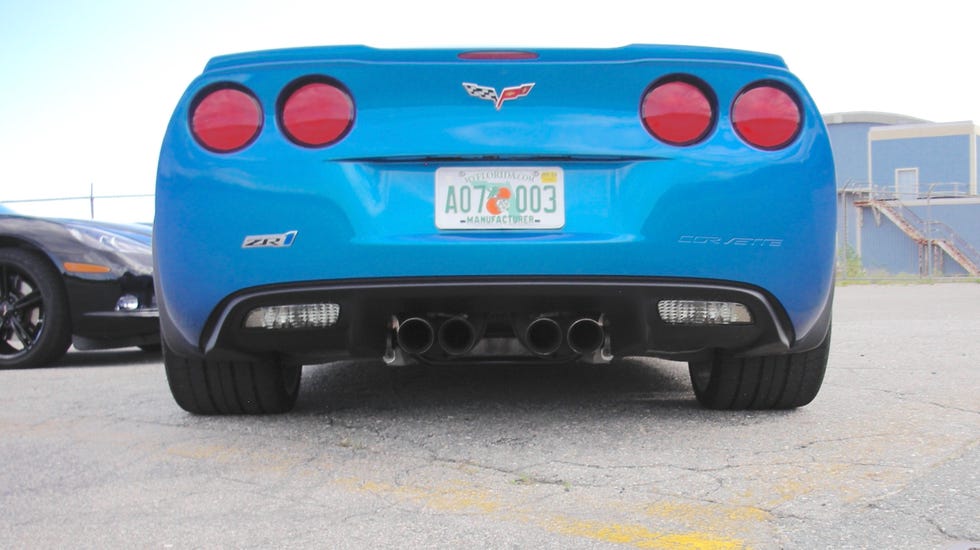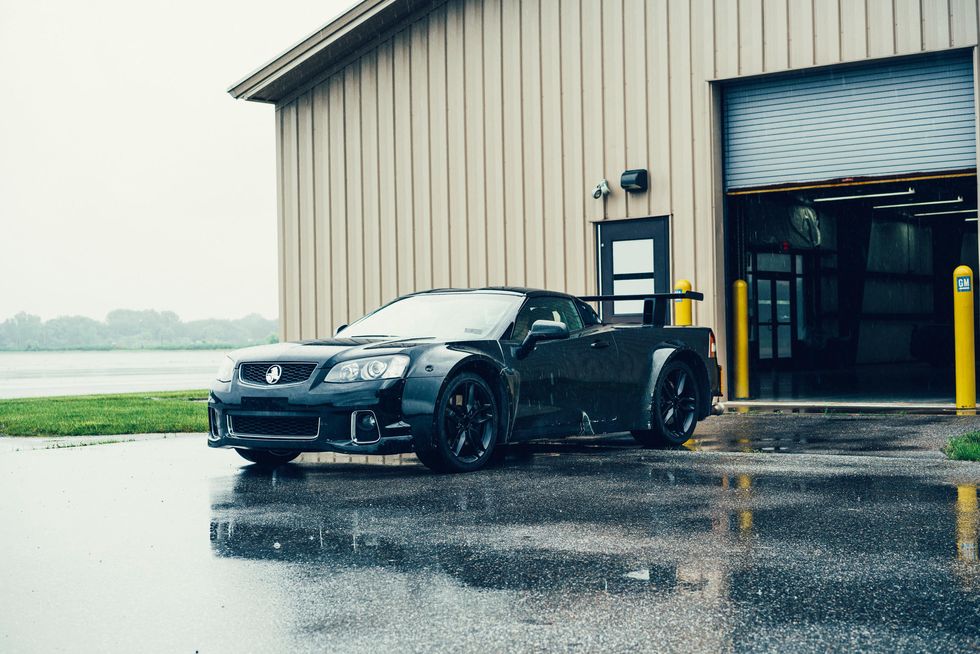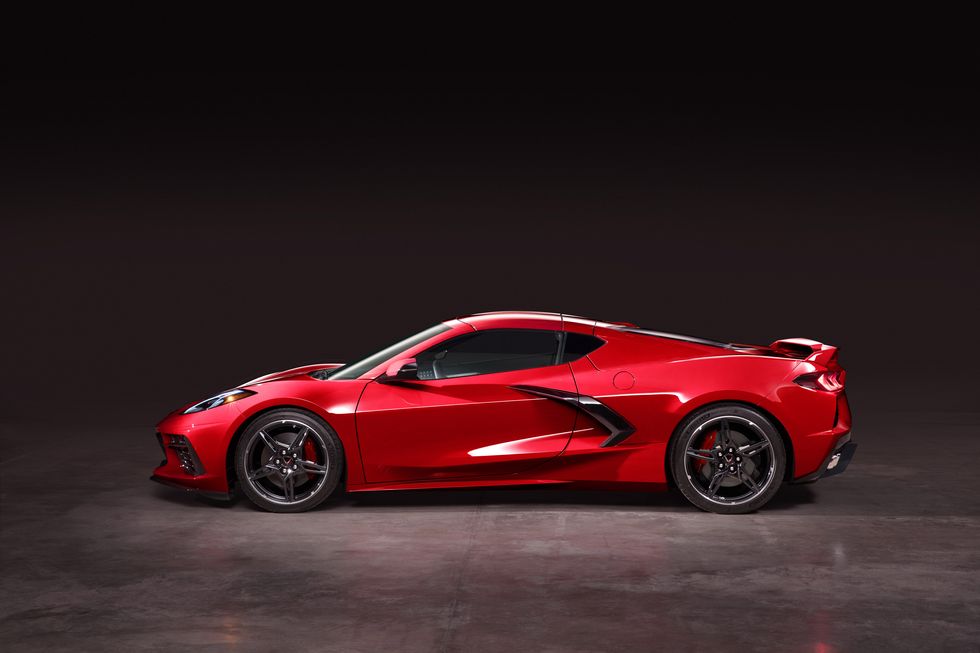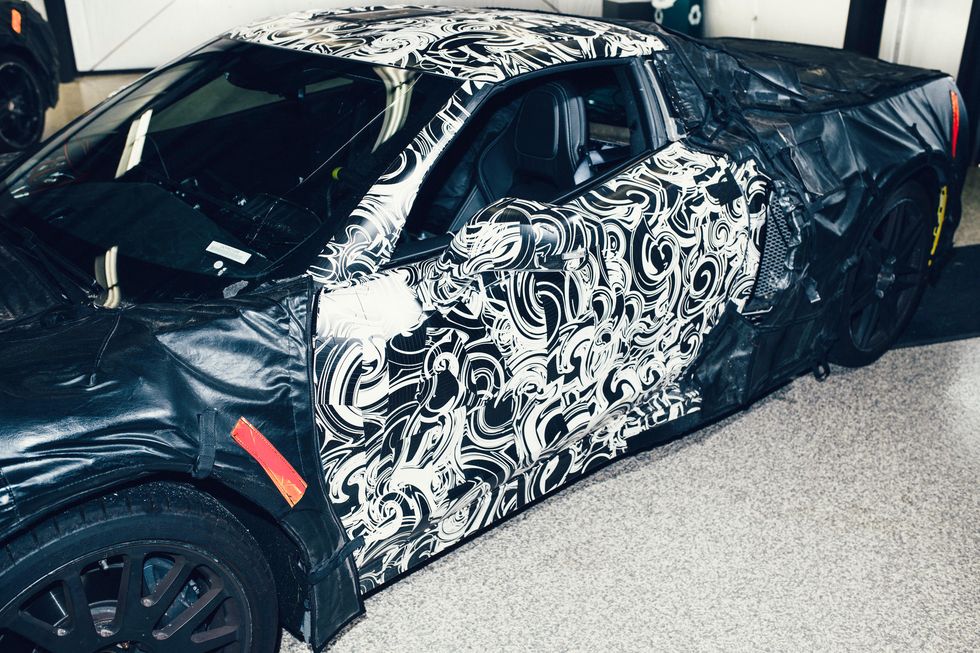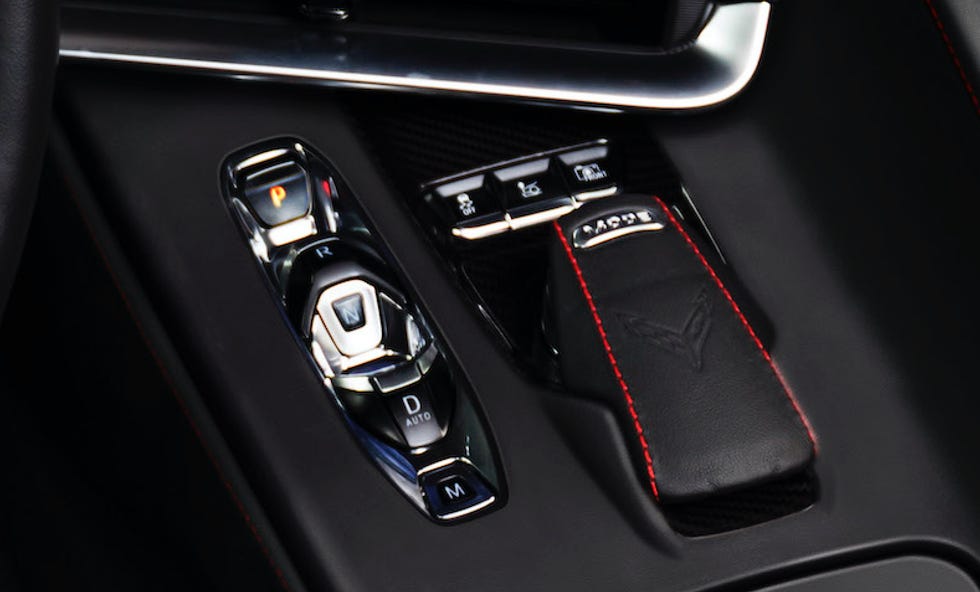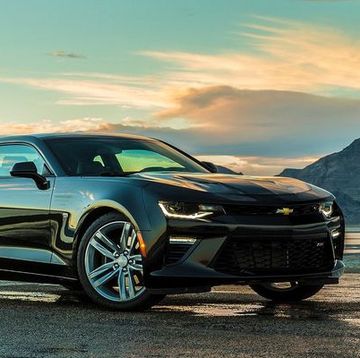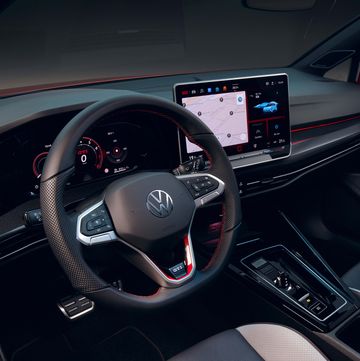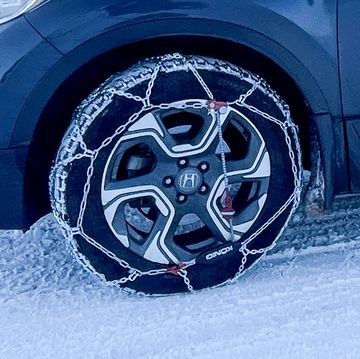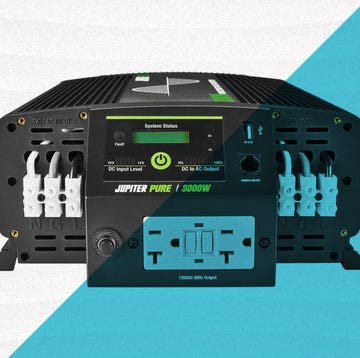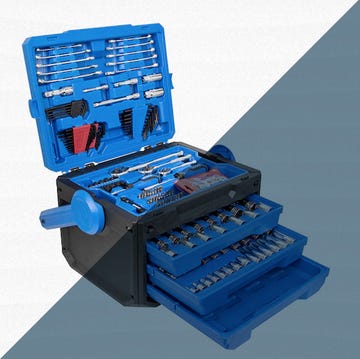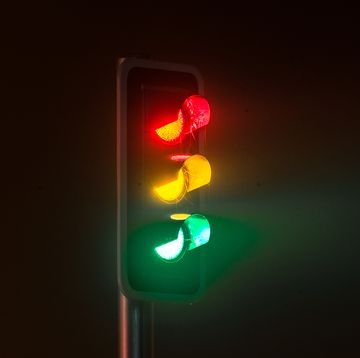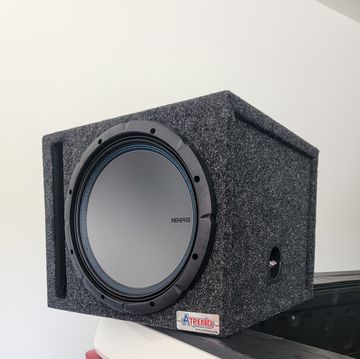During our deep dive into the C8's development at GM's Milford Proving Grounds, we learned a lot of nitty-gritty details about how we arrived at the mid-engine Corvette and what it took to get there.
So prepare to geek out, ye devotees of the plastic fantastic from Bowling Green, as we enlighten you with 20 facts you (probably) didn't know about the 2020 Corvette.
1. The story of this car begins with the 2009 C6 ZR1.
"Back to the C6, we were realizing that we were reaching the limits of what we could do with a front-engine architecture," says Corvette Executive Chief Engineer Tadge Juechter. "Just like in the 60s, the elite race cars all started putting engines in the back. Likewise, we realized that we couldn’t keep making great leaps forward in performance because we couldn’t get enough weight on the back.
"When we were doing the C6 ZR1, which had 638 horsepower to the Z06’s 505, it wasn’t until very late in the program that we were sure we’d have a quicker 0-60 time. You’ve got 133 extra horsepower along with a supercharger adding more weight on the nose, making it harder to get that horsepower to the ground. On the eve of production Michelin came out with tires that were stickier and we were able to get a lower 0-60 time. I don’t remember the exact numbers, I just remember panicking."
2. The cars with magnetic ride control have a tighter turning circle because they use the wheel position sensors to enable a variable steering angle stop—they know whether a tire is up on a curb and thus crammed under the fender. If they see everything's flat, the turning circle gets half a meter tighter.
3. GM got zero bids from suppliers to produce the C8's six high-pressure diecast aluminum structural parts. Those parts are too exotic and will be required in too much volume for anybody to handle. So they learned to produce them themselves.
4. Blackjack, the first engineering development vehicle, used a Porsche PDK transmission. Close enough!
5. Blackjack's wing is upside down. The Holden front end had so much lift that they needed to even things out just to get the pitch right for suspension and structural testing. So they added lift at the back.
6. They had to ditch the transverse composite springs, long a Corvette staple, because the C8 is so low there wasn't enough room for them to flex. They also had to go to a smaller-diameter flywheel and make even the standard engine dry-sump. That's low.
7. The C8 has stiffer spring rates than the C7 but still provides a comfortable ride because the seats are at the car's center of gravity. You're not sitting out over the back axle on a teeter-totter, a la C7.
8. Once they were actually driving test mules, drivers ran with the windows down so they could listen for helicopters. Spotters also radioed chopper sightings, in which case drivers would race back to a secret garage known as The Lair. A car cover was always stashed between the seats. And of course, there was lots of camo.
9. C7 carryover parts? The interior door latches.
10. It won't smell like a Corvette. (As much.) In a C7, there's a giant tub made of sheet molding compound behind you. The new car has an aluminum panel behind the cockpit. But you'll still get that familiar boat-factory whiff when you open the rear hatch.
11. The most exotic component in the car, the carbon extruded rear bumper beam, is also the furthest back. Because they wanted rearward weight distribution, but not too far rearward. Lift-throttle oversteer was much on everyone's minds.
12. They originally planned to keep building the front-engine Vette, too. But then they realized that this one is so much better that nobody would buy anything else. So the mid-engine Vette turned into the Corvette, period.
13. The hardest part to develop? The transmission. "It paced the program," says Juechter. "Designing this transmission took as long as designing the rest of the car."
14. The C7 ZR1 was (and will always be) the absolute limit for the front-engine Corvette. "The ZR1 is where we got to the point where we never said, 'Yeah, another 100 horsepower would be OK,'" says Corvette Vehicle Performance Manager Alex MacDonald. And the only reason they were able to entertain that thought about the C7 Z06 is because tires kept getting better.
15. Blackjack has one wiper. And headlights, tail lights, turn signals, a horn and a functional defroster. Because even a secret test track has rules on what's street-legal.
16. You don't need to stare at the C8's pushbutton shifter to use it. Says Juechter, “We wanted pushbutton that can be done totally by braille. Reverse is convex, drive is concave. And it’s all machined aluminum. It feels like a parachute ripcord when you pull it.”
17. The rear window behind the seats is nine millimeters thick, because the engine accessory drives are now right behind your head and they don't want that noise encroaching on the cabin. So the good sounds come around the sides—intake and exhaust.
18. The tach shows a low redline for the first 500 miles, until the engine is broken in. You can spin it higher, but it'll show the lower redline. After 500 miles, the variable redline is based on coolant temperature. Get warmed up and let'er rip.
19. Despite the focus on cyber security in the new electrical architecture, yeah, you'll be able to mod it.
20. Pull the paddle and it'll shift. The paddles are wired directly to the transmission (a la McLaren Senna), for maximum responsiveness. There's no digital second-guessing. Ask for a downshift while applying full throttle and you're going to get it. Then it's up to physics and the chassis controls to sort out what happens next.
Ezra Dyer is a Car and Driver senior editor and columnist. He's now based in North Carolina but still remembers how to turn right. He owns a 2009 GEM e4 and once drove 206 mph. Those facts are mutually exclusive.

